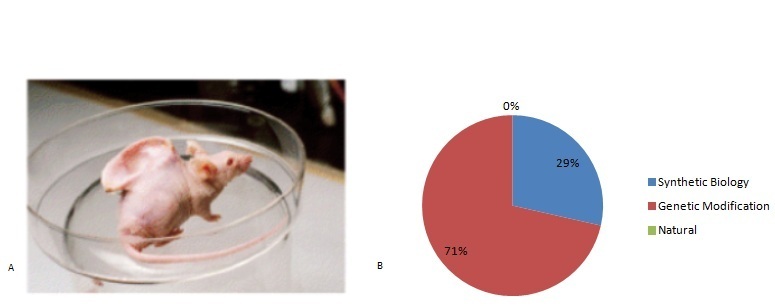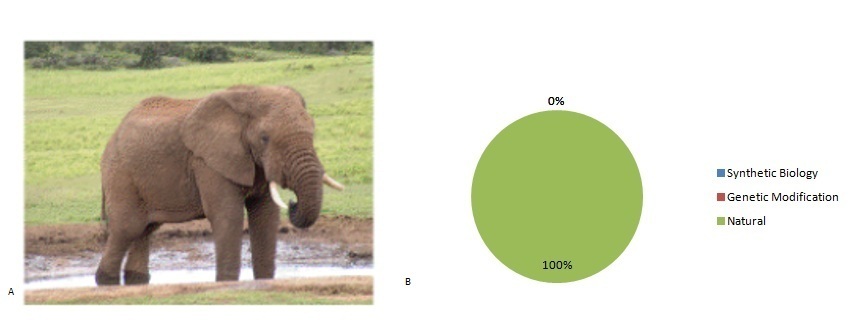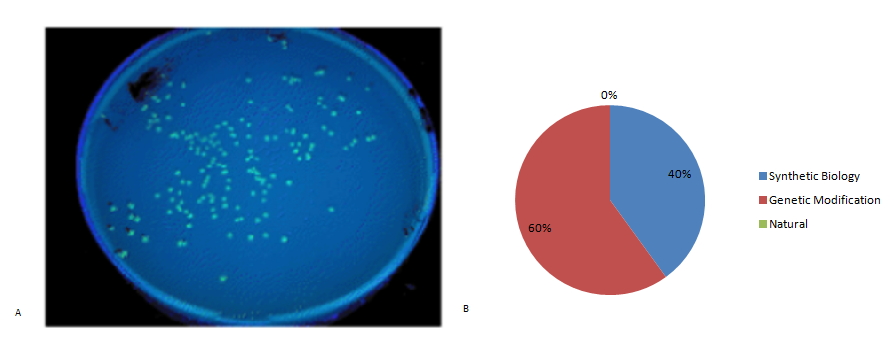Team:UEA-JIC Norwich/Human practices/Interviews
From 2011.igem.org
(Difference between revisions)
| Line 6: | Line 6: | ||
| | | | ||
![[File:Wiki beagle.jpg]] | ![[File:Wiki beagle.jpg]] | ||
| - | Fig 1.A. Beagle Image. | + | Fig 1.A. Beagle Image. B. Image data interpetation. |
|- | |- | ||
| | | | ||
| Line 105: | Line 105: | ||
<br> | <br> | ||
<br> | <br> | ||
| - | Figure 1 shows a Beagle dog, which 86% of the people we interviewed perceived to be natural. However, 14% concluded it may also be genetically modified in terms of selective breeding, although does not involve the introduction of genes from a different species | + | Figure 1.A shows a Tricolour Beagle dog, which was selectively bred to give the modern breed. 86% of the people we interviewed perceived the Beagle to be natural. However, 14% concluded it may also be genetically modified in terms of selective breeding, although does not involve the introduction of genes from a different species. |
| - | + | ||
<br> | <br> | ||
</center> | </center> | ||
Revision as of 13:58, 19 September 2011
UNIVERSITY OF EAST ANGLIA-JOHN INNES CENTRE
 "
"









